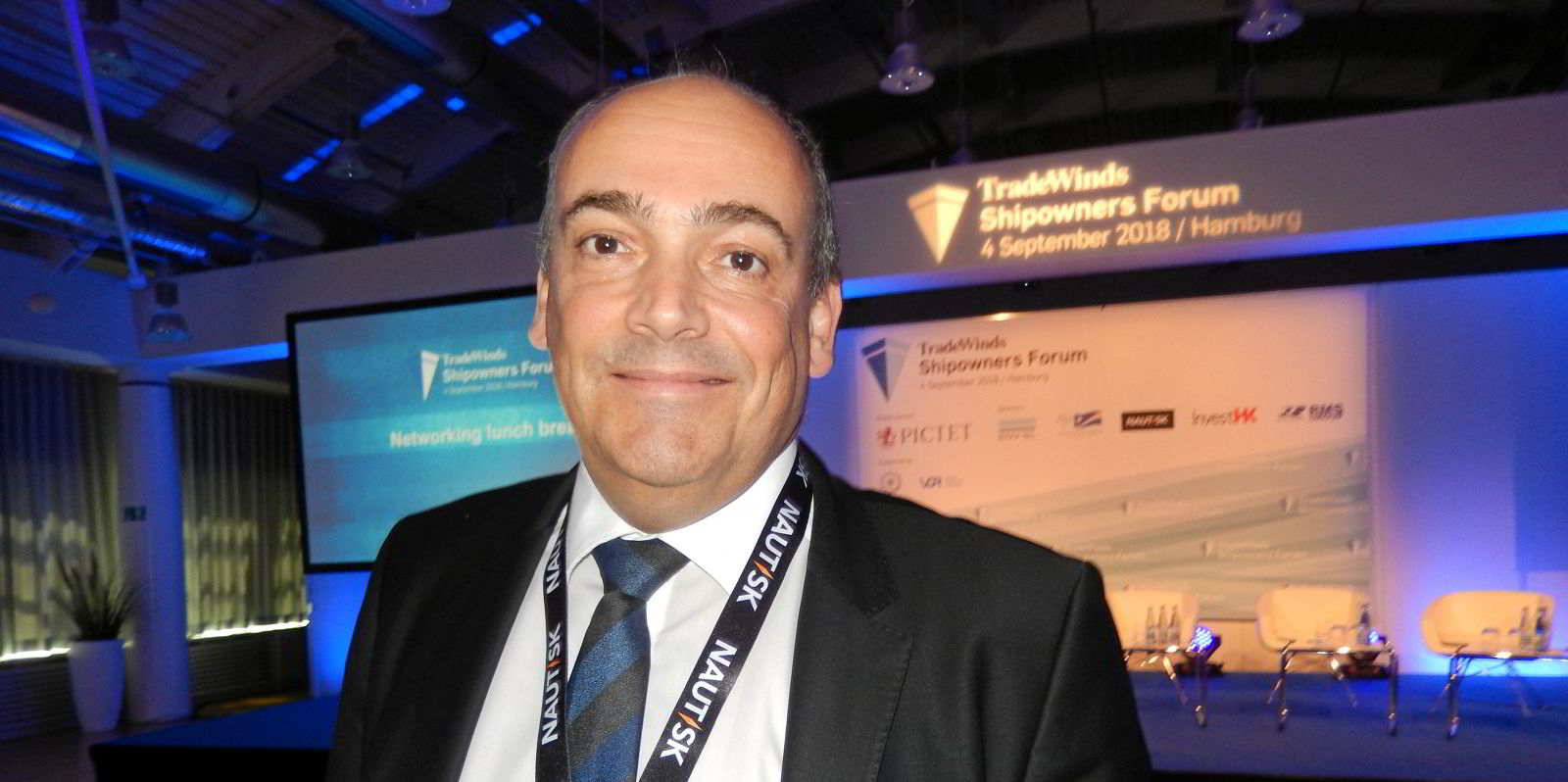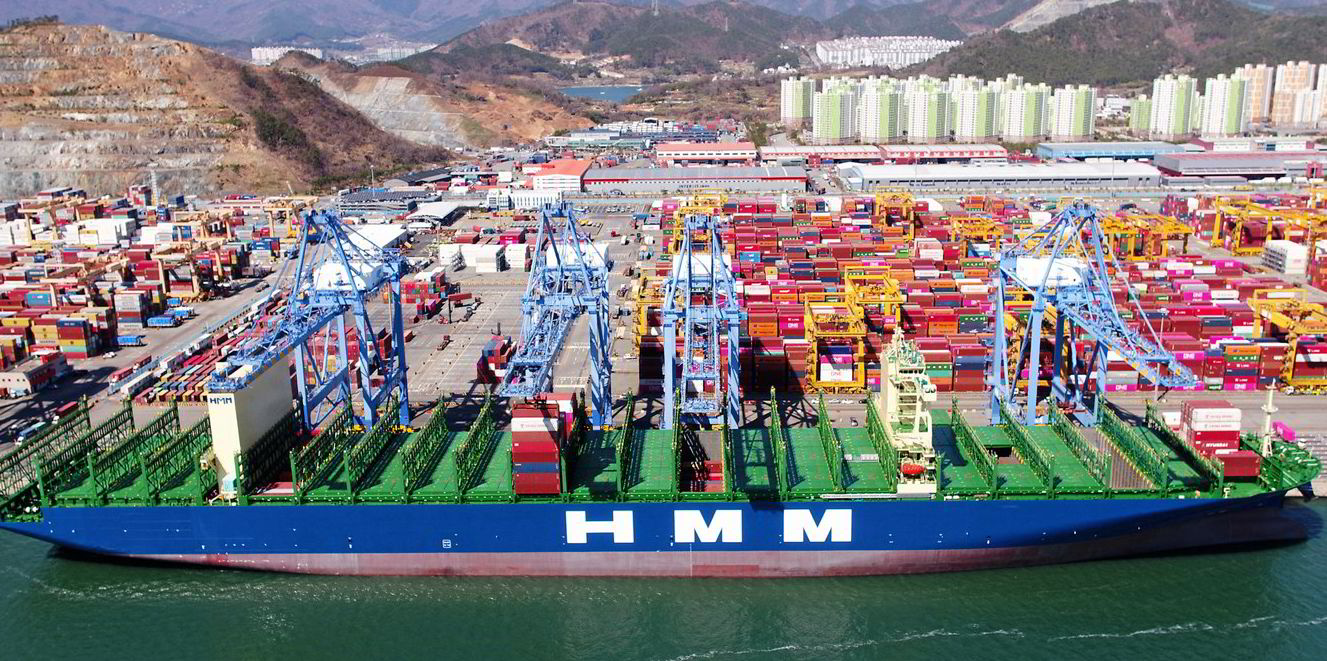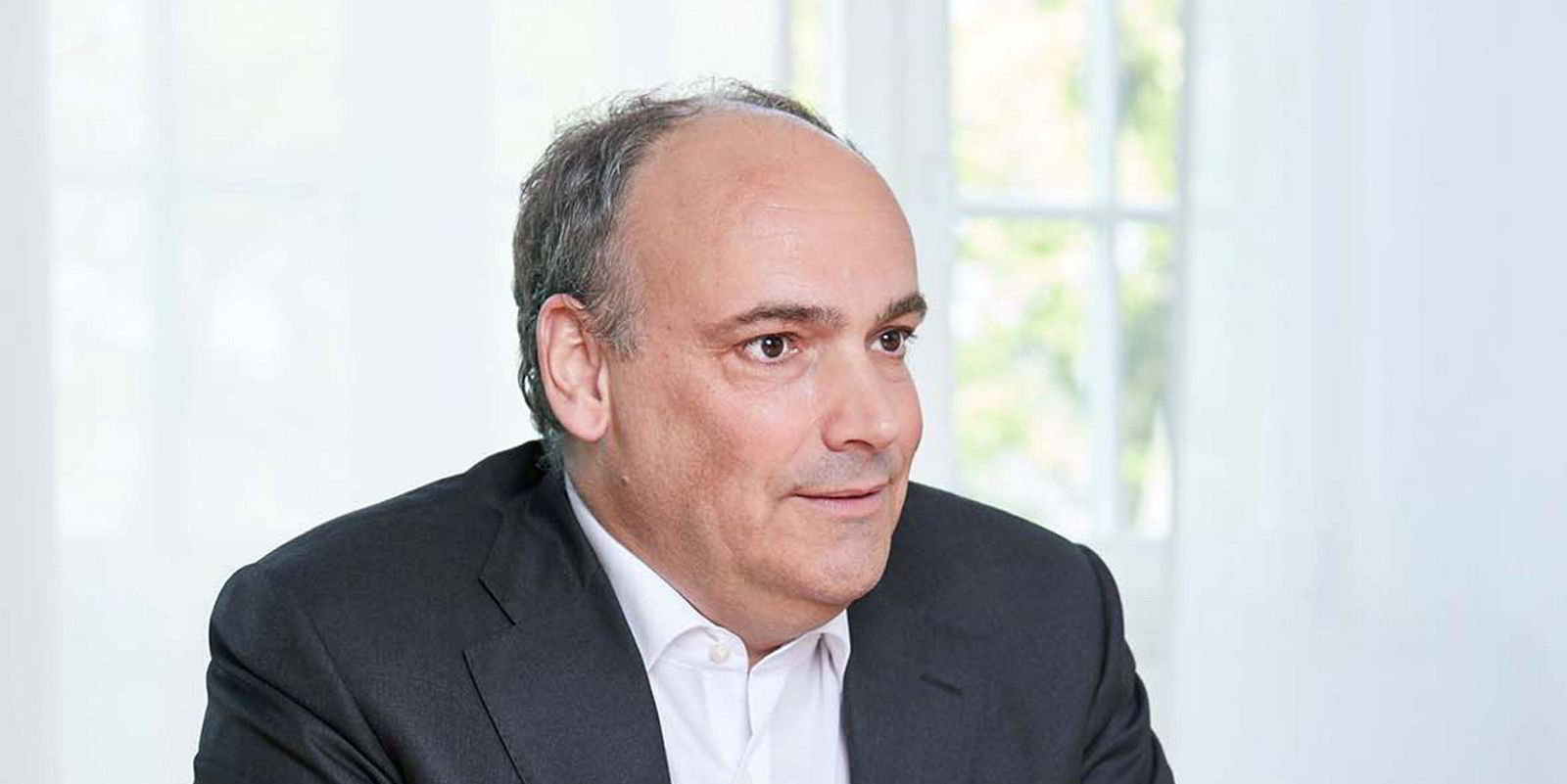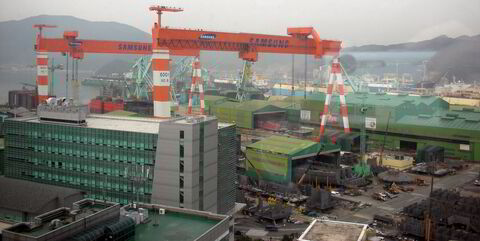Container freight rates on many major trade lanes are loss-making, but will eventually bounce back, according to Hapag-Lloyd chief executive officer Rolf Habben-Jansen.
Separately, Habben Jansen said he did not expect the planned dissolution of the 2M Alliance between AP Moller-Maersk and MSC Mediterranean Shipping Company to lead to a restructuring of the existing container alliance landscape.
“You can’t rule anything out, but right now I would not expect it,” he said.
The boss of the world’s fifth largest liner company told today’s Marine Money Hamburg conference that markets “are definitely normalising after two years that have been incredible and extraordinary”.
That did not mean a return to cut-throat competition between liner operators, he added.
“Now everybody is worried about whether we’re going to be in a price war for the next 10 years, I don’t think that’s going to be the case,” he said.
“We predicted early last year already that we would see a normalization second-half of the year.
“It has come a little bit faster than anticipated and we see rates dropping to unsustainable levels on some trades.
“That’s typically what happens when you see a strong reaction, but at some point, the market will bounce back and the question is you know how quickly and how far.”
Pending outlook
With the Hamburg-based company ready to present its market outlook to investors on 2 March, Habben Jansen told TradeWinds that it was too early to say how unsustainable rates would affect profitability or the full year.
“But if you look at some of spot rates of there today, they are definitely loss giving,” he told TradeWinds on the sidelines of the forum today.
Freight rates on some major east-west trade lanes like transpacific were clearly not sustainable.
“When a market correction in the past, things typically see things dip to a very low level and then bounce back again.
“I would expect that to happen again, how far they will bounce back, I don’t know.”
Habben Jansen said that freight rates were likely to settle at levels that cover the rising charter, terminal and trucking costs.
That made it unlikely that freight rates would come down to levels seen in 2018-2019.
“The cost realistically is probably going to be 25 or 30% higher than what we had pre-pandemic and maybe that’s good for the consumers you know that we actually have to pay more for freight so they don’t shop too much.”





